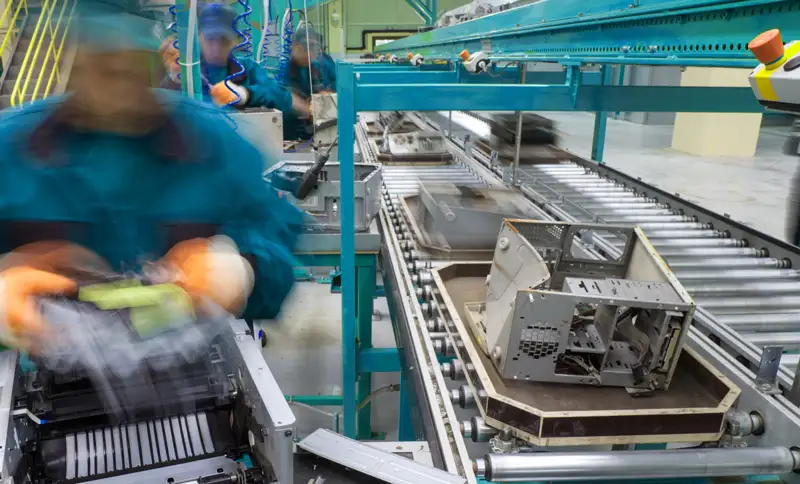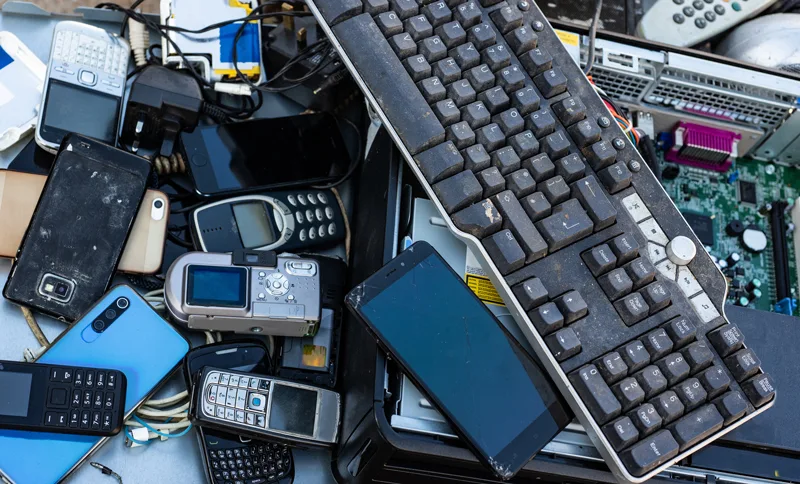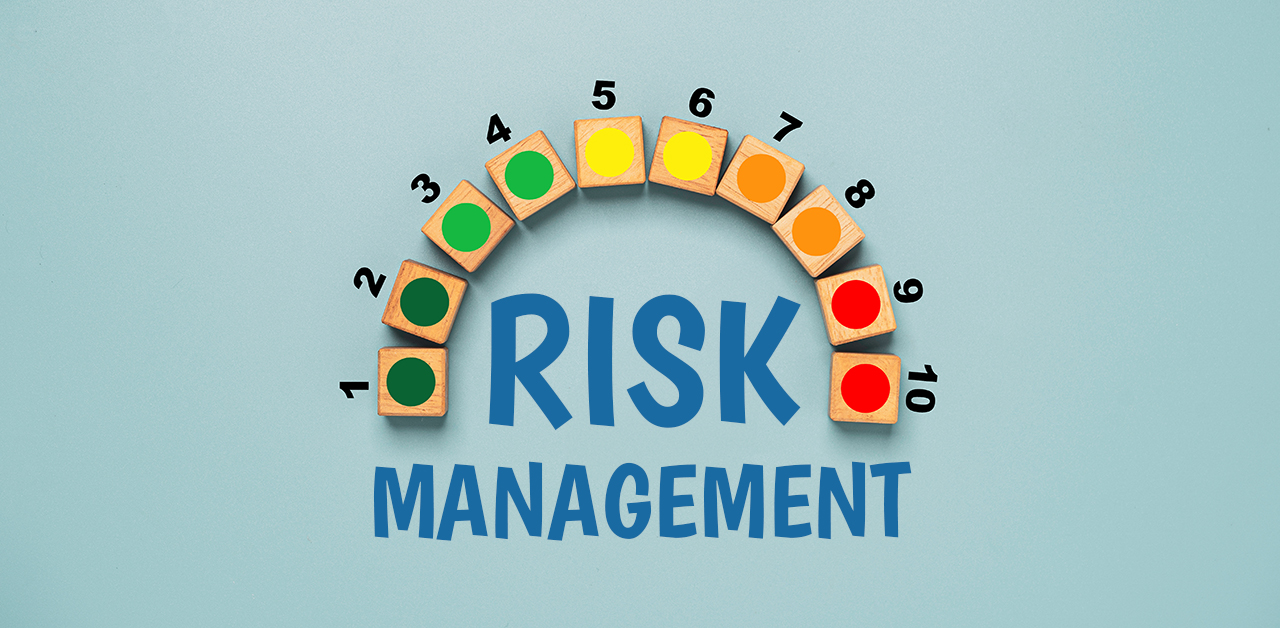
As a tech-hungry nation gets ready to upgrade to the next generation of lightning-fast 5G devices, there is a surprising environmental cost to be reckoned with – a fresh mountain of obsolete gadgets.
In 2017 the United Nations University estimated that an eye-watering 50 million tons of computers, televisions, mobile phones, and other electronic goods were thrown away. That number is expected to rise to 57.4 million tons by 2022. And this e-waste is ending up in landfills when a large amount of it could and should be recycled.
Pallets of once-beloved but now outdated devices, like smartphones with only an 8-megapixel camera or tablets with a mere 12GB of storage, are discarded daily. Workers with hammers hack at the bulkiest devices, while others remove dangerous components like lithium-ion batteries.


In our society, we always have to have the latest and greatest product. Americans spent $71 billion on telephone and communication equipment in 2017, nearly five times what they spent in 2010 even when adjusted for inflation, according to the Bureau of Economic Analysis. When we buy something new, we get rid of what’s old. That cycle of consumption has made electronics waste the world’s fastest-growing solid-waste stream.
The stream is expected to turn into a torrent as the world upgrades to 5G, the next big step in wireless technology. 5G promises faster speeds and other benefits, but experts say it will also result in a dramatic increase in e-waste, as millions of smartphones, modems and other gadgets incompatible with 5G networks are made obsolete. It’s unlikely people understand the magnitude of the transition. Experts say “It is bigger than the change of black-and-white to color, bigger than analog to digital, by many multitudes.”
That’s good business for OceanTech, which charges clients to collect their electronics and to securely wipe their data, but they also make money for their clients by refurbishing and reselling devices. Unfortunately, less than a quarter of all U.S. electronic waste is recycled, according to a United Nations estimate. The rest is incinerated or ends up in landfills. That’s bad news, as e-waste can contain harmful materials like mercury and beryllium that pose environmental risks.


Part of the problem is regulatory. Only 19 states have laws banning electronics from the regular trash. In states without such rules, electronics often end up in garbage and recycling bins. But even when e-waste rules exist, it’s left up to consumers to handle their old devices properly. But recycling them can be a pain. Rather than just drop a used phone in a bin outside their homes, lots of people have to take their electronics to a store, which may pay them for it but could also charge them to get rid of it. Many consumers, paralyzed by the hassle or put off by the expense, simply throw their devices into the trash or stash them in a drawer, hoping they’ll just disappear. There simply aren’t measures to make sure people aren’t just throwing electronics away.
One solution is to make electronics last as long as they once did. Yet instead, technology companies are speeding the pace of obsolescence. At a major recycling center in Fresno, California they had dozens of televisions from the 1970s and 1980s that stopped working only recently. Today most smartphone batteries can’t be easily replaced when they stop holding a charge, new laptops don’t accept old cables, and software companies push upgrades that won’t run on old devices. “Our products today don’t last as long as they used to, and it’s a strategy by manufacturers to force us into shorter and shorter upgrade cycles,” said Kyle Wiens, the founder of iFixit, which publishes do-it-yourself repair guides.
Even so, some companies are increasing their recycling effort on their own, whether for the economic benefit or the public relocation boost. But that’s a drop in the bucket compared with the 57.4 million tons of e-waste generated globally last year – a number that stands to skyrocket as consumers replace their old devices with the newest 5G-ready gadgets money can buy.


